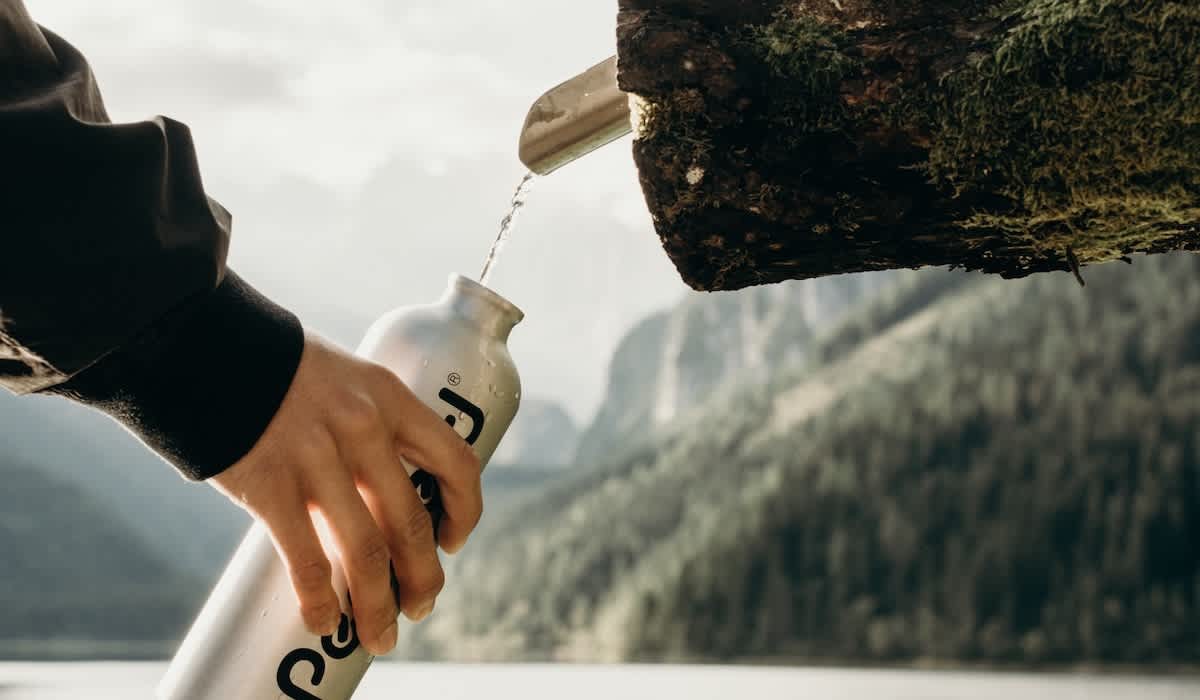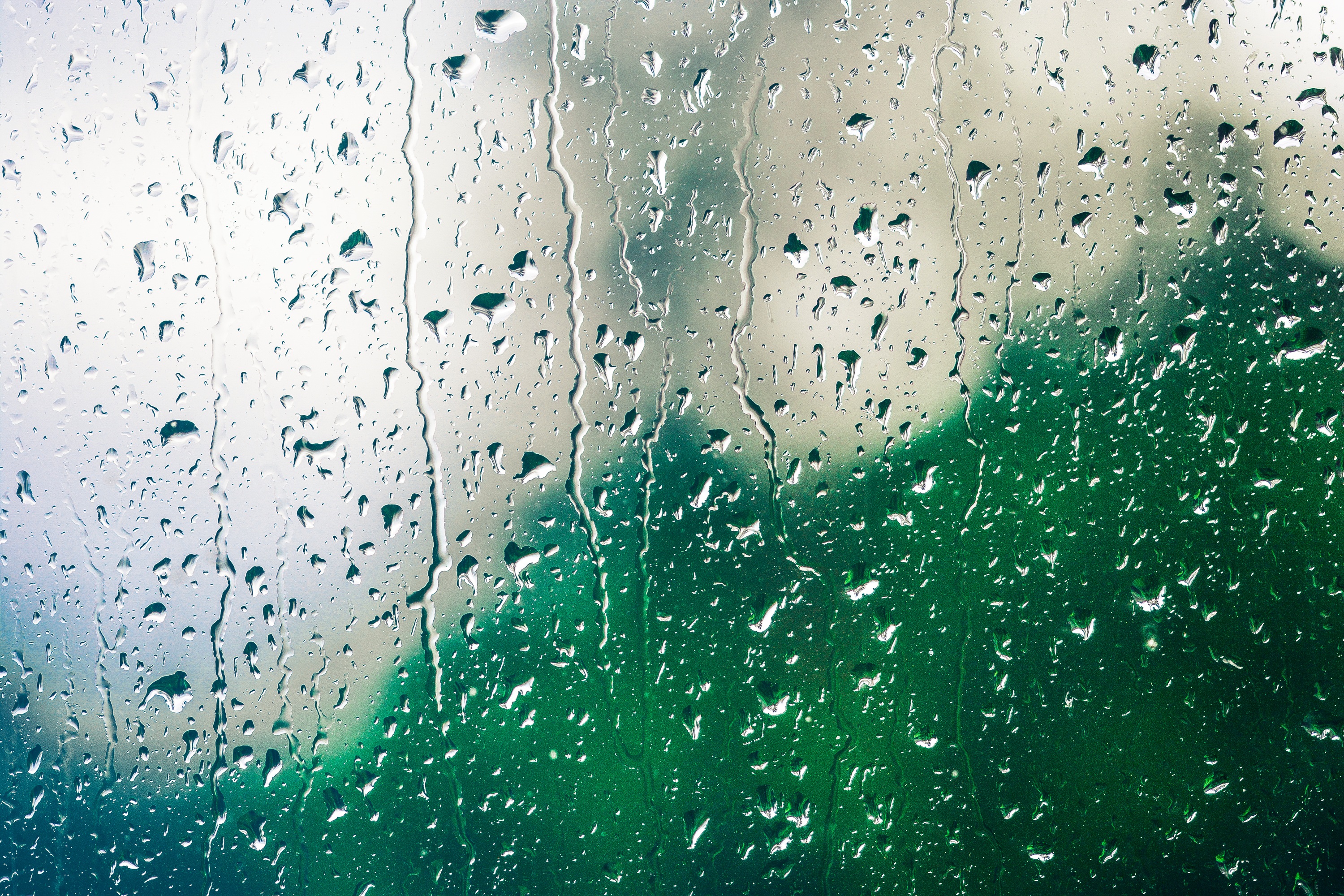Backpacking Water Filter Systems Explained
OutdoorHub Reporters 06.19.18

When you go hiking or camping for the weekend, the last thing you want to be doing is carrying liters of heavy, cumbersome water. Not only will it tire you out more quickly, but it can also be uncomfortable.
That’s why there are several handheld water filtration units out there that filter and purify river water so it’s safe to drink. There are different methods of filtering water, with products ranging in sizes and cost. Here we will have a brief look at the options available.
Microfiltration

The vast majority of the market is filled with filtration units that use microfilter technology, whereby water passes through a thin membrane that filters the impurities out of the water. The water moves through the system by gravity or a pump action, and is usually confined into two compartments; dirty and clean.
This method has come on leaps and bounds in recent times and is now able to filter particles a nanometer in diameter. This filtration is effective at separating sediment, bacteria, protozoa and even viruses.
The price range of these systems varies considerably from $20 up to $350 for the ultrafilters. The price point generally relates to the size of the particle it filters out, with the most expensive being the most comprehensive. The ones in the cheaper range are less effective at filtering the smallest viruses.
UV

These units use ultraviolet to sterilize water. When used correctly, the UV light is extremely effective at killing bacteria, viruses, and protozoa. UV light works by destroying an essential component of the organisms DNA. This means that they can no longer perform basic functions, thus rendering the entity useless.
This method does have some drawbacks, however, as the light needs to hit the organism head on, so its effectiveness is reduced when the water isn’t clear. So, in some cases, you need to pre-filter the water to remove sediment before using one of these units.
Chemical

The last commercially available system is chemical sterilizing. It generally involves dropping a pill or liquid into the water you wish to purify. The type of chemical varies, but the one most commonly used is chlorine dioxide. This kills all bacteria, viruses, and protozoa, is light, and a very cheap method to use.
It does, however, have several drawbacks. Water has to be pre-filtered to remove silt and debris. To ensure proper sanitization, there is a wait time of up to 4 hours, which in an emergency situation could prove a problem. Bottom line, chemical sterilization is a good and cheap back up or could be used in conjunction with other methods.

